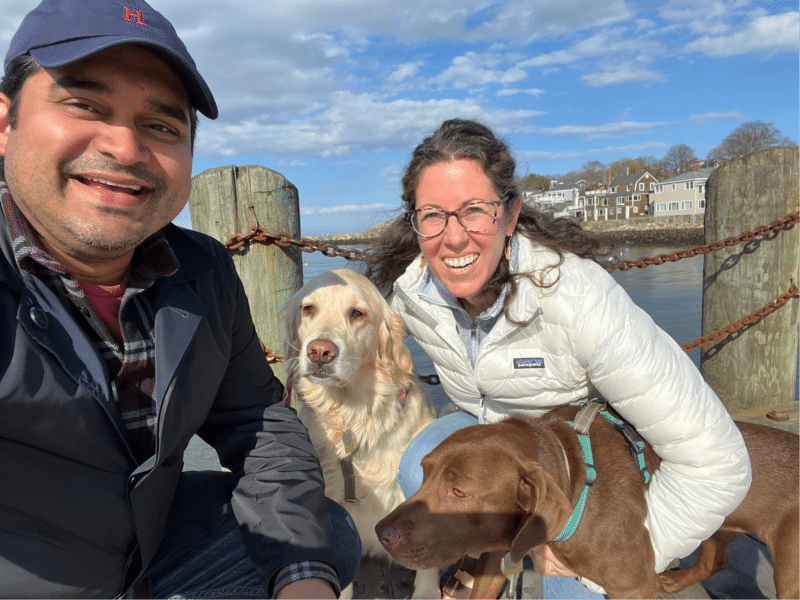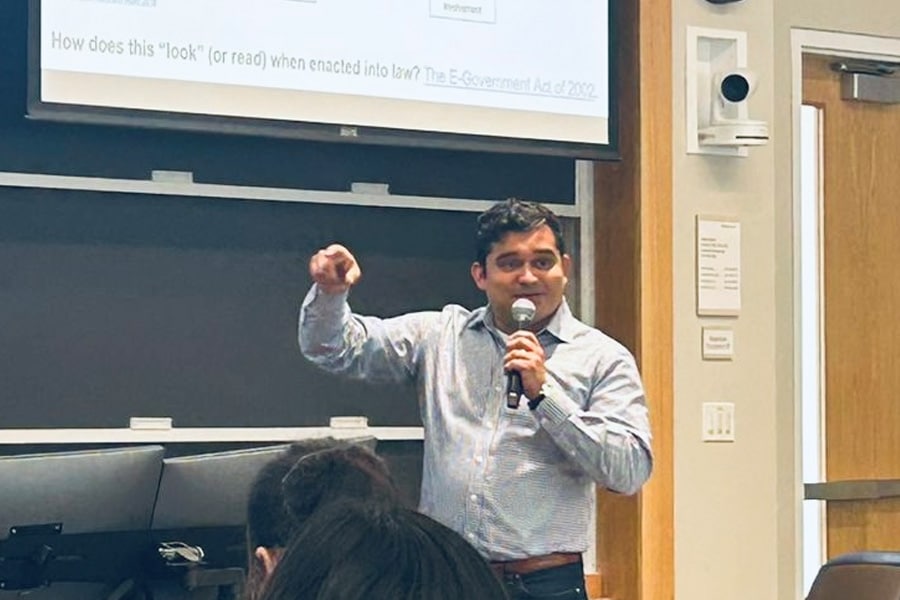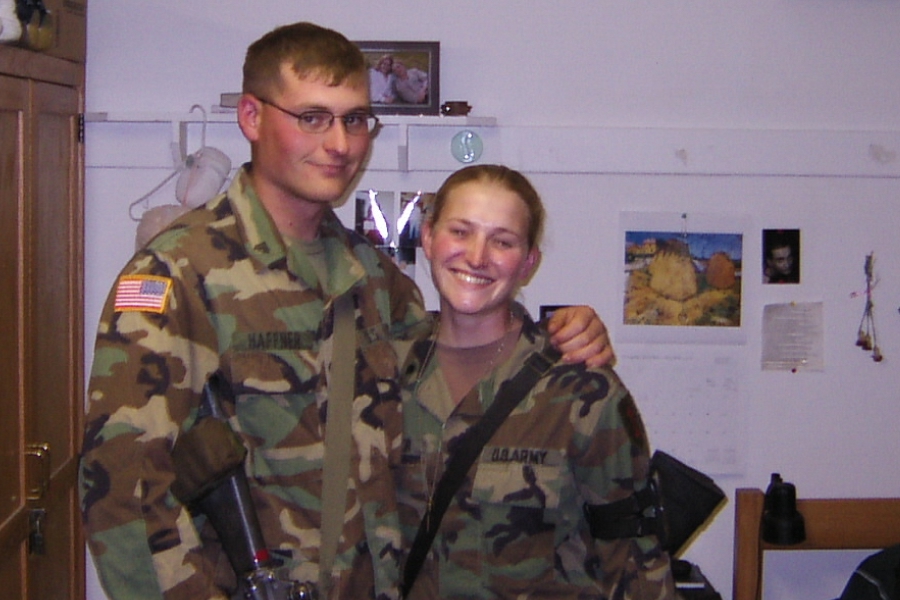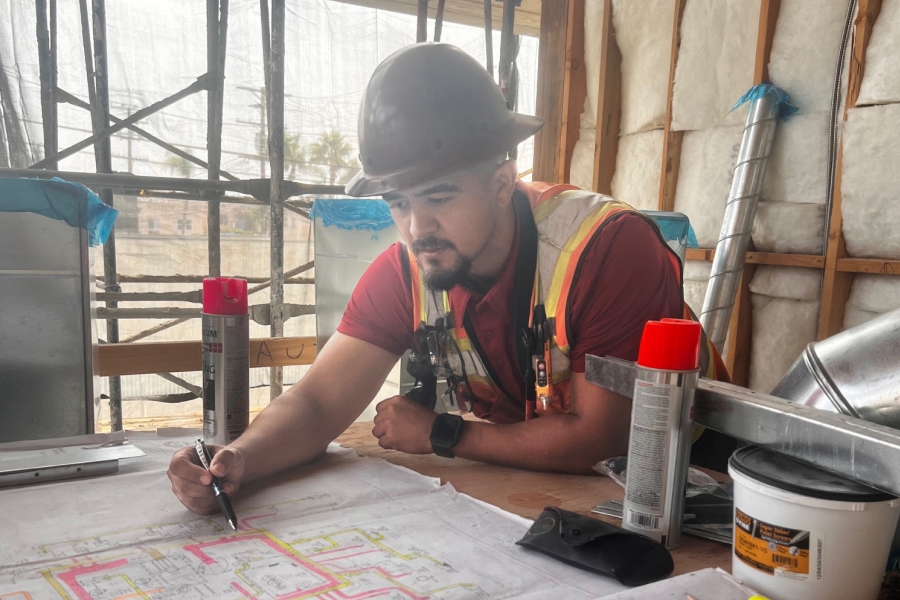The first Friday of each month is a big deal for Parth Tikiwala. Or at least it used to be.
That’s typically the day the US Bureau of Labor Statistics releases its monthly jobs report, a marquee economic event that provides perhaps the best measure of the health of the domestic job market. Anyone with an interest in the stock market knows this report well, as it is one of only a few Principal Federal Economic Indicators that drive the performance of the market up or down and showcase the health of the economy.
Tikiwala, Bluebeam’s recently hired director of government and academic affairs, is deeply familiar with this report—because for several years he was among the people in charge of compiling it.
For a senior economist at the BLS, jobs report Friday is like the Super Bowl. However, producing highly influential work at the highest level of government didn’t stop there. Tikiwala would eventually serve in several other impactful roles in the White House across multiple administrations.


Bluebeam Resource Hub
Browse case studies, watch webinars, and see what’s new with Bluebeam.Now, he’s trying his hand in the private sector, in an industry—construction—he says is of critical significance given the major legislative investments being made to improve US infrastructure in the coming decades.
Built talked with Tikiwala about his time in government, his role at Bluebeam, as well as what he enjoys doing in his free time. Edited excerpts follow.
How did you first get involved in government?
I am an economist by training, and it all started with my academic advisor in college forwarding an email to me for an economist position at the US Department of Labor. It was my first job post-undergrad, and I was quite lucky that I found something that I really liked in the realm of economics but also something that tied back to my roots growing up in Michigan. As an economist, I led the state’s employment statistics for the Bureau of Labor Statistics. From there came leading the entire Midwest region.
Then, as opportunities presented themselves at the BLS I organically came to the role that was at the center of national employment statistics, the job numbers that come out every month. As an economist, working on the nation’s Employment Situation report was a thrill. I was one of the principals on that report for a number of years.
Being in that role and having exposure to political leadership such as the commissioner of the BLS and the secretary of labor I saw firsthand how data was talked about from what we produced at the BLS, the data, the reports, the indicators and how that actually guided and influenced policy decisions and legislation that would come up in nuanced ways from one end of Pennsylvania Avenue to the other.
Eventually, that led me to exciting work that was happening at the White House at the time, first in the form of a fellowship for the United States Chief Information Officer’s office. As a fellow, I led the implementation of the first ever United States Federal Data Strategy. And that work resonated not only to me, but with leadership.

I was lucky enough to have federal roles that weren’t political appointments, which gave me the opportunity and the flexibility to carry on the work in a nonpartisan fashion. This gave me the ability to transition from one presidential administration to another while still carrying on with initiatives I was passionate about. One thing led to another, as they say, and I was most recently the director of technology modernization and data policy for the US CIO at the White House.
Why are you at Bluebeam? What inspired you to make the leap into the private sector?
I found that I became comfortable with where I was, and that feeling was uncomfortable. I needed to embrace new challenges. The pivot needed to happen because I wanted to explore more into the private sector, mainly because I hadn’t taken the leap yet and I wanted to go into an industry that could press more onto the benefits of putting data and the customer at the center of the conversation and building that infrastructure out with an overlap of my expertise. Bluebeam matches those things and more.
How would you describe your role to a Bluebeam customer who is not privy to the important intersection of construction and government?
I think that the thing that they should know is government is ubiquitous in things that many people may not be aware about. Everything from the road that is being paved to the water streaming out of a faucet—it all actually has a string from the local side to the state and to the federal level as well. Customers should know that my role is threading that entire vision together in the perspective of how Bluebeam can actually serve that customer better and more efficiently.
What sort of activities are you going to be engaging in that are going to comprise your days and weeks in this role?
We need to frame out an infrastructure for Bluebeam that is hyper-focused on the pulse of legislation at the federal, state and local levels, and how that impacts our posture in those spaces. We’re in very much a once-in-a-generation moment where critical funding is being allocated to essentially rebuild critical infrastructure in this country. That just means that we must work even more in digging into the details and where Bluebeam is present, where Bluebeam can be of help and where we need to talk to our customers, known and unknown. For me, it’s about Bluebeam being part of this moment, this story. Exciting times ahead!
Who’s somebody that you’ve modeled your professional life after and why?
There are many. The common theme that I see across the individuals I look up to and that I have modeled from is their ability to mesh passion and purpose with hard work.
This was seen most clearly by me from Raoul Minetti, my undergraduate economics professor. His ability to show up consistently, day after day, to a back-breaking schedule of teaching, researching, mentoring students, me included, speaking engagements, and still not wavering to the goals he put forth for himself resonated with me. In those moments of uncertainty, I look to his example of pushing and driving through to the other side, as it were.
What do you do when you’re not working? What are your interests outside of your professional life?
My two rescue canines keep me plenty busy throughout the day. But if I had one interest that I don’t share that often with people is that I’m an avid vinyl collector. I’ve been collecting for 25 years now. My collection has broadened up a bit as I’ve dabbled through genres. But being that I grew up in Michigan and near Detroit, Motown is close to my heart, but so is jazz. Living in D.C. and in the neighborhoods where jazz was so relevant, a force of nature really, that’s the core of my collection. I make it a point to add and curate my collection when I get the chance. It keeps me busy in the best way.











